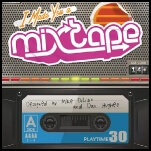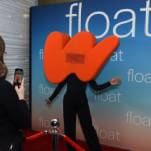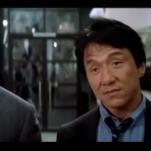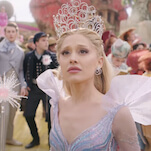Great Job, Internet!: Learn how to identify AI videos with Jeremy Carrasco
If you're skeptical of a video of a cat fighting a bear or a possum eating Halloween candy, just check out Carrasco's Instagram page.
Screenshots: Jeremy Carrasco/YouTube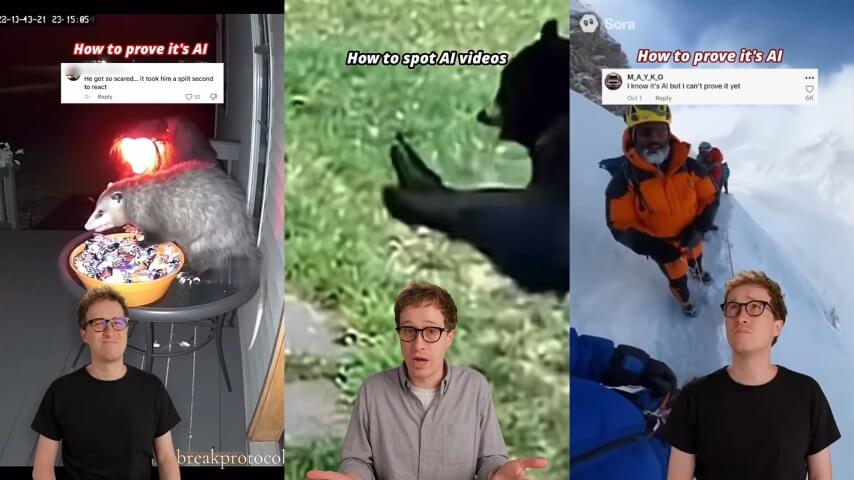
AI has advanced to a place where we can no longer rely on people having weird numbers of fingers or unhinging their jaws in horrifying ways to distinguish a real video from a fake one. For every obviously artificial clip of Donald Trump dousing protesters in shit, there’s relatively innocuous videos of an unwanted animal in a family’s yard or two people having a meet-cute on the subway that trip more people up. But there’s someone out there who can help. If you ever find yourself wondering whether you just got got by a clip of someone falling off of Mount Everest or a cat freaking out in a bathtub, just check out Jeremy Carrasco’s Instagram page.
Carrasco has become one of the internet’s preeminent AI video spotters. Having worked for a long time in the media industry as both a director and technical producer, Carrasco told The A.V. Club that he started picking out AI videos because he “knew what a huge range of typical ‘traditional’ errors looked like, and the AI ones stuck out to me as unique.” Eventually, he said, he developed an eye and language for it.
On his Instagram page, Carrasco uses those skills to talk through all the granular reasons he can tell viral videos are (or aren’t) AI. For a video about a possum stealing Halloween candy, for example, he directs his audience to look for evidence that a watermark from OpenAI’s Sora video generator had been removed, as well as a number of other tells including magically appearing candy and the fact that the possum looks away from a scary Halloween decoration when it gets startled because “AI mixes up directions.”
Carrasco sent The A.V. Club five general tips for spotting AI generated videos:


